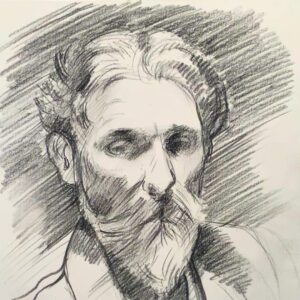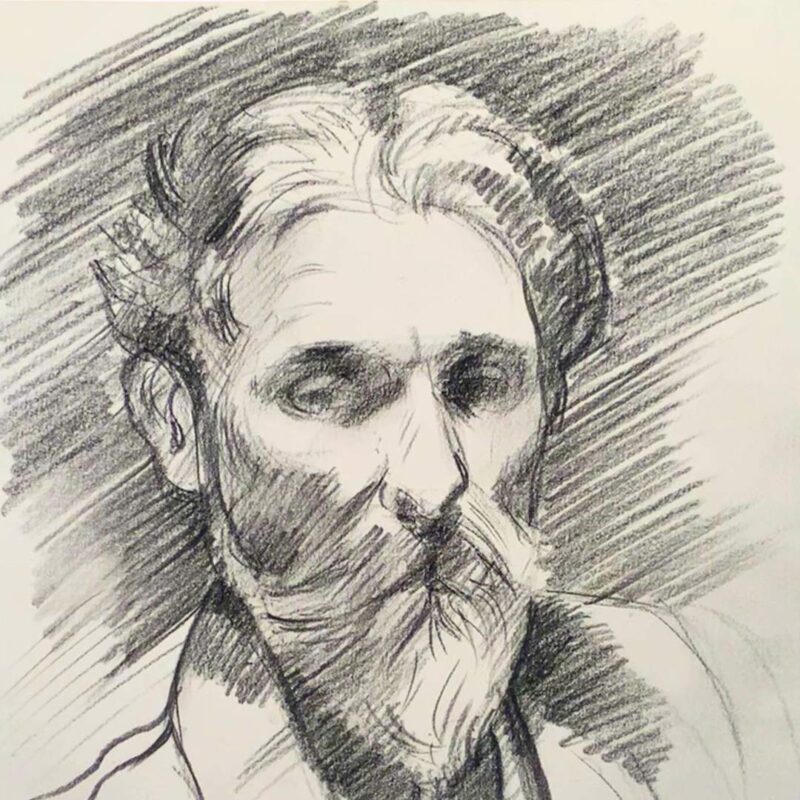ROBERTO OSTI
Portrait Drawing Foundation cod.0324

$250.00
Wednesday, 03/06/2024 - 04/10/2024
2:00 PM - 5:00 PM EST
Number of Lessons:
In this 6-week course, we will explore a variety of drawing techniques, copying the works of great artists of the past, and creating our own masterpieces working from photographic references that I will provide . The techniques we will practice in the six-3 hour session of this online course, will give you occasion to practice the essential methods and materials historically used for portraiture, develop your technical skills, experiment with new materials and drawing methods, improve your drawing accuracy in depicting the human facial features.
Structure, proportions and anatomy of the head and face will also be treated, as they are indispensable knowledge for any artist interested in portraiture.
Charcoal and chalk, graphite, toned paper, pen and ink, pastel, reduction technique, trois crayon, are all methods we will use in this course, making it also a survey in classic drawing methods. You will have access to the recordings of this course for one year, giving you the possibility to continue practicing these methods at your leisure.
Materials:
Graphite pencils in gradations HB, B, 2B, 4B or lead holders) with same gradation leads.
Red earth colored pencils, (such as burnt sienna, sanguine, Venetian red or Indian red) black and white. I like to use Faber Castell Polychromos in Indian red or burnt Sienna and black and white. Caran d’Ache, Derwent, Stabilo are also very good brands
Charcoal: General’s compressed charcoal pencils in gradations hard, medium, soft and extra soft or Wolff’s compressed charcoal pencils (these are better quality), in gradations B, 2B, 4B, 6B. You can also purchase a Nitram sampler pack, it containds 4 sticks of non compressed charcoal: in 4 gradations, from hard to soft.
White Paper: a pad of Strathmore Drawing, series 400, in medium or vellum finish, size 11”by 14 or so.
Toned paper: a pad of Strathmore charcoal, about 11” by 14”, or a pad of Hahnemuhle Ingres, about 12” by 16 toned paper, this paper is very good but very expensive.
Other less expensive but good toned paper in sheets: Fabriano Roma, Fabriano Ingres, Canson Mi-Teintes.
Kneaded eraser, pencil sharpener, sand paper (nail file will do), blending stumps, a small piece of chamois.
Availability of Courses' Recordings
As part of the services offered by the New Renaissance Atelier, you will have access to the recordings of the video sessions of all the courses you purchased for one year.
You will find the links to the videos in your Personal Video Library that has been set up specifically for you.
Please keep this Video library link on your desktop or in your browser for easy access.
In case You missed a course You are interested in, You can purchase the recording of the video sessions, by clicking on the menu above

